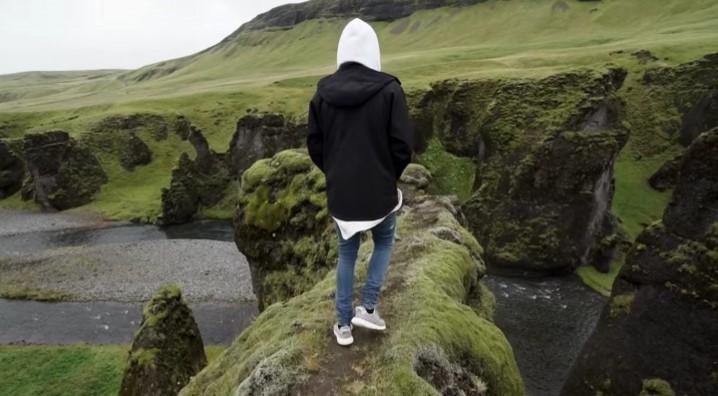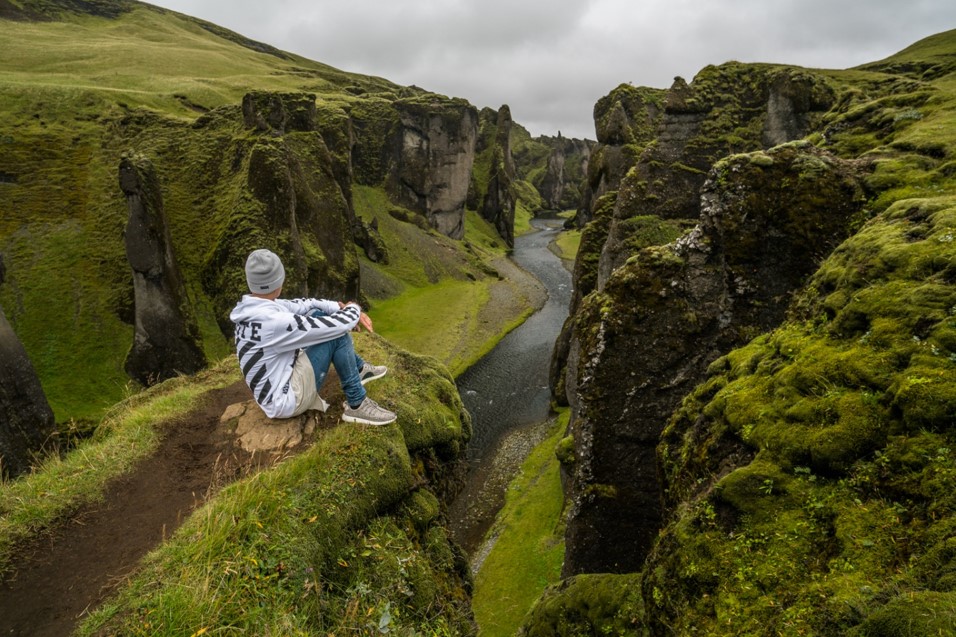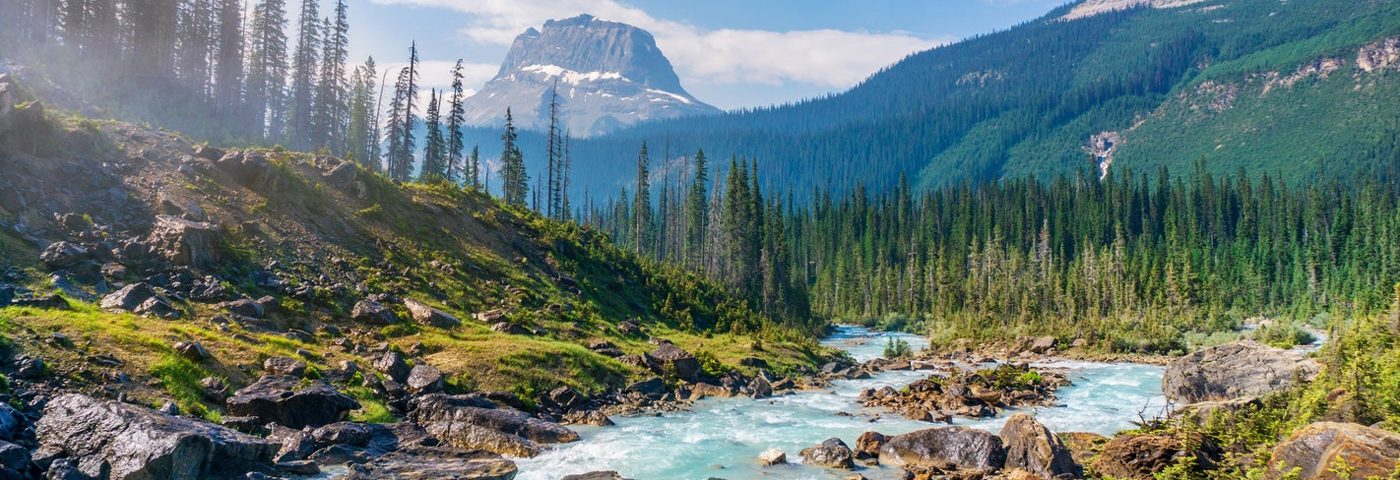Most of the focus on overtourism has been on cities, but it is also a challenge in rural areas. I am writing this at RTD14 which is looking at the challenge at overtourism in protected areas. The 14th International Conference on Responsible Tourism in Destinations (RTD14) is taking place at the University of Plymouth with participants from National Parks, Wildlife Trusts, universities and businesses from seven countries with one participant form national parks in New Zealand.
On the moor above Princetown, and Dartmoor Prison, we saw the impact of trampling on the peat moorland and the work regularly needed to maintain the paths. The ethos of national parks in Europe has always been open access and the right to roam on open moors and mountains is widely enjoyed. The National Parks are not able to charge for access and therefore struggle to fund the maintenance of footpaths and the collection of litter. Parks are an important resource for tourism, and for recreational use by residents in the Brecon Beacons there is an urgent need for £5m of repairs to upland paths, it is a large sum and one beyond the reach of the national park. However, it is a tiny fraction of the economic benefit to the local economy report at £260m per annum. The challenge is the same as in cities – the open access public realm lacks any means of collecting the revenues essential to maintain the resource and clear and dispose of the litter
Richard Butler queried the conference title “Loving them to Death”, arguing that there is little evidence of people loving the parks for what they are, rather they have become a setting for mountain biking, climbing, a charity trek or a selfie. Tourists replicate the images that others have taken. In Iceland, Justin Bieber was photographed in a spectacular location now beyond a fence because it is dangerous, but many are replicating the shot with themselves in it.


Overtourism in rural areas is a form of urbanisation with issues around accommodation, parking and trampling – we hear less about the issues there because there are fewer locals to rebel. When they do it makes the papers. In yesterday’s Times there was a report about the building of piles of stones and litter in the Fairy Glenn – this behaviour is encouraged by social media as people share photographs of their piles. The landowner, with local volunteers, has removed them because they are a hazard for stock grazing on the land, Tourists were told in a leaflet: “Please remember that this is working croft land, not just a ‘film location’.”
We are looking at the challenge of managing success in cities at WTM London in November this year. Next year we shall look at the challenges in rural and protected landscapes and at the potential for tourism contributing to rewilding and the conservation of wildlife.


Thank you Harold for sharing your very interesting point of view, which hopefully will help to raise more awareness on respecting National Parks and mother nature in general.
This is also what I am trying to do with my project The Camel Farm, where I will organize Desert Eco Walks: we will walk through the desert with camels and donkey equipped with baskets, so that we can collect all the trash found in the desert. I am transforming an existing Camel Farm into a Visitors’ Center. We are currently adding a mini petting farm and are planning to be open before the end of the month.